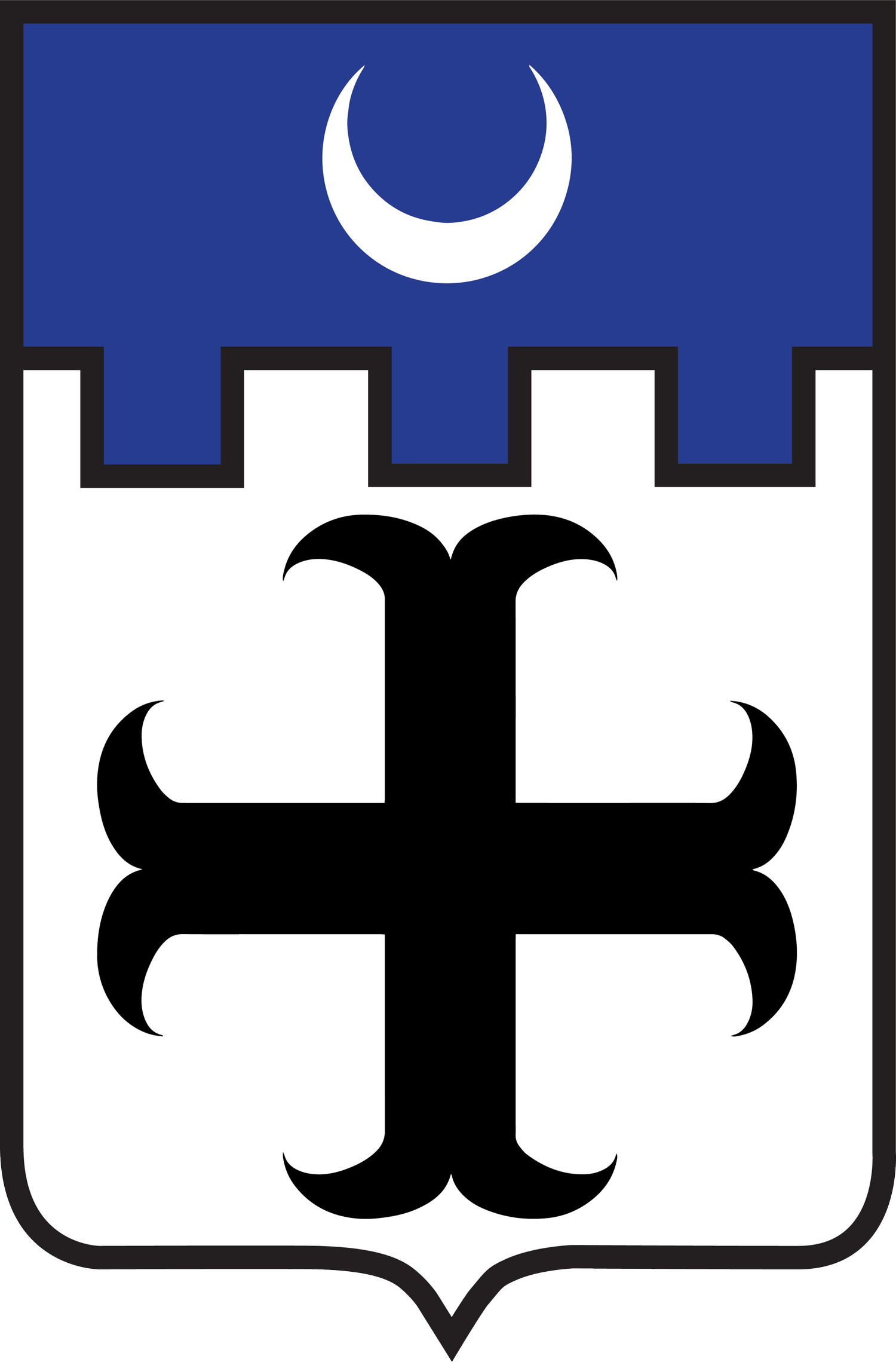The Hope of Advent: More Than an Idea, It’s a Promise
The season of Advent is a time of patient waiting and active hope. While many prepare for the joys of Christmas, this holy season can hold a particularly different meaning to an inmate. In a place where a sense of being forgotten can be overwhelming, Advent can become a powerful beacon of light, offering the incarcerated comfort and a deep connection to faith.
One of the strongest connections is the act of waiting itself. During Advent we are reminded how the Church waits for Christ to come, for His birth long ago, and for His return in the future. For an inmate, waiting is a big part of daily life. Waiting for a letter, waiting for a visit, waiting for a court date, and finally, waiting to be released. This shared experience of waiting becomes a very real part of life, but in our waiting is the hope that powers the holy season. A hope for salvation and forgiveness can now be directly linked to our personal hope for a new life. An inmate can feel a connection to God’s faithful people of the Old Testament, who waited for the Messiah to arrive, and the waiting of today’s faithful, who patiently await His second coming. This waiting together with the whole Church changes personal loneliness into a spiritual journey that everyone is a part of.
The symbol of light that Advent offers is significant in what it represents. It has the power to transform us from the physical and emotional darkness of a cell or the sad feeling of a prison yard. The Advent wreath, with its four candles, is a simple and strong reminder that even in the deepest darkness, a light is coming. For a Catholic behind bars, this light isn't just a symbol, it is a real sign of Christ's presence, a presence that accompanies us through the sadness and loneliness that comes with being incarcerated. Each Sunday a candle is lit. Its flame represents a flicker of hope. A reminder that God has not forgotten you. It is a reminder that His grace is available to you, no matter where you are, and that His love can light up the darkest parts of your life and heart.
For an inmate, the hope of Advent is more than an idea, it is a promise. It is the promise that salvation is at hand, that extends beyond our past actions and present circumstances. It offers the certainty of a new beginning, both in this life and the next. Just as Christ was born into a humble stable, this belief holds that He will also come to their humble cell, bringing a light of hope that no wall can contain and no sentence can extinguish.

